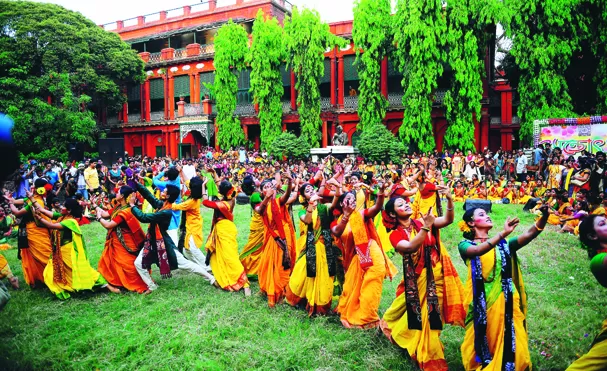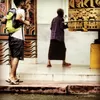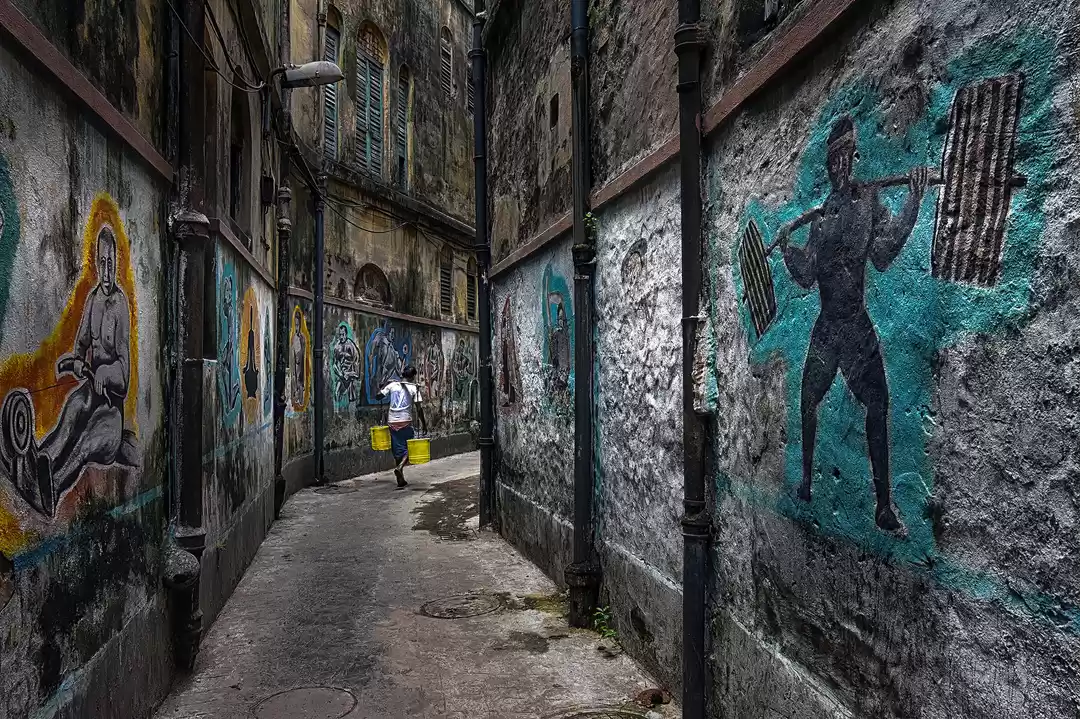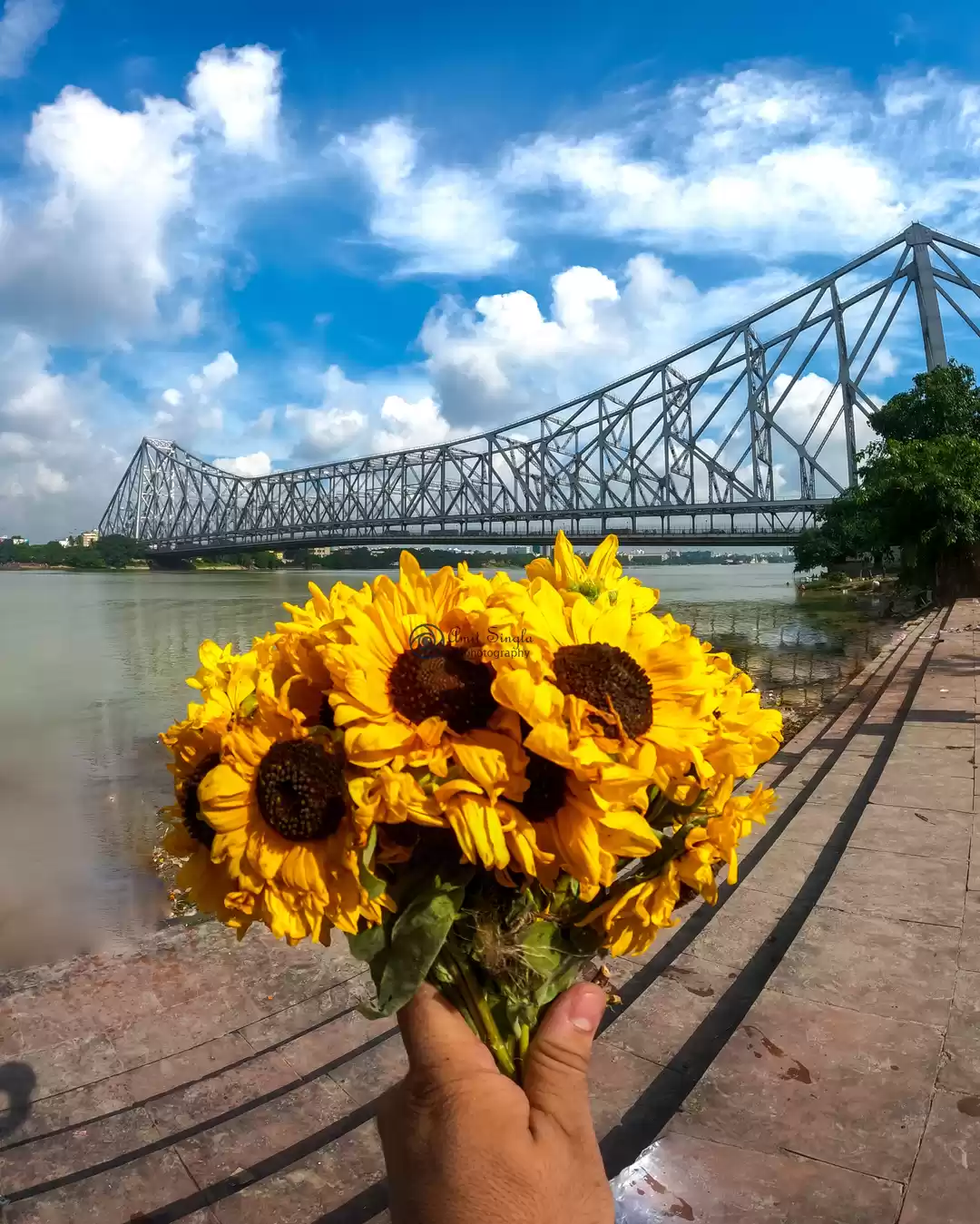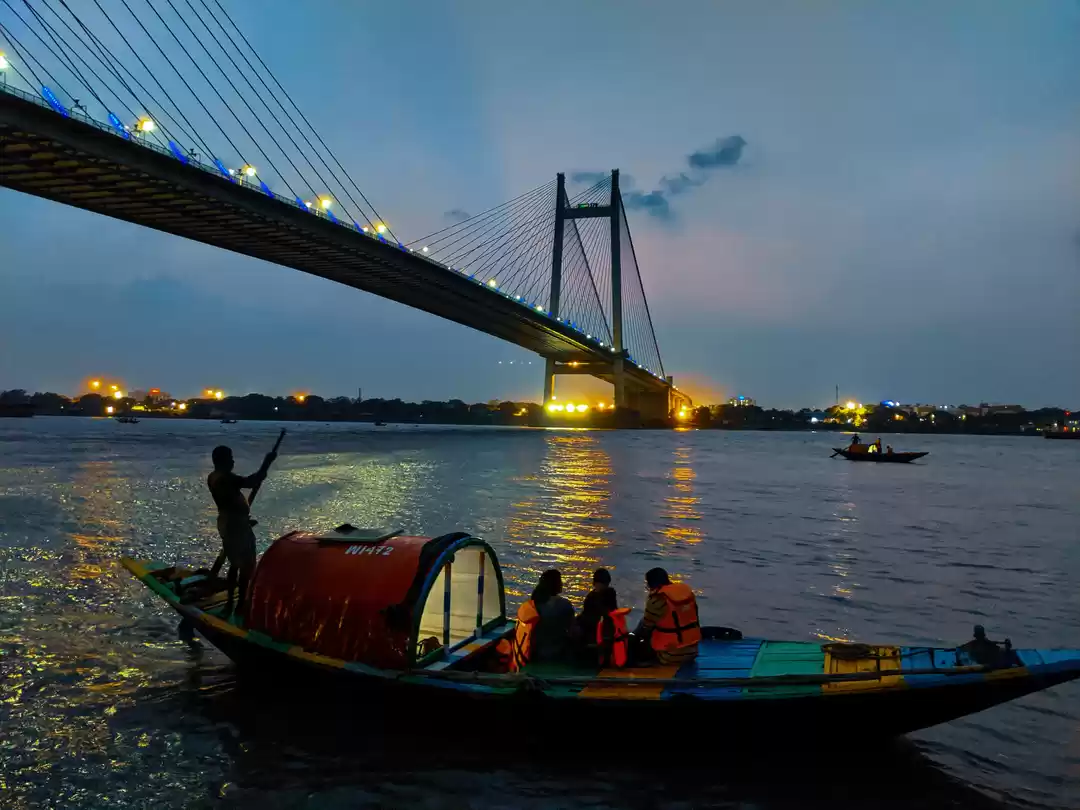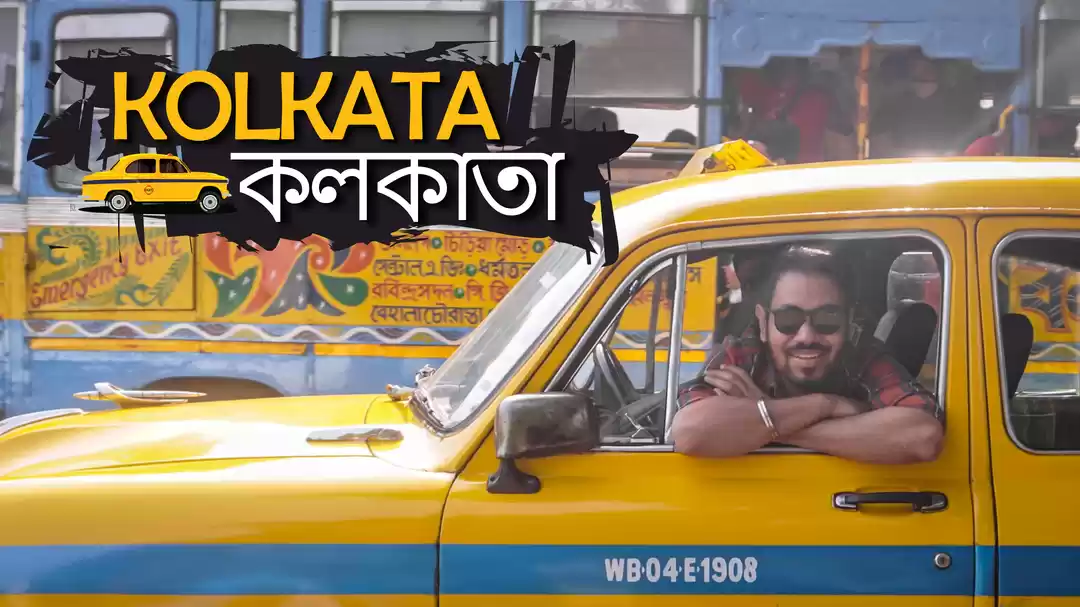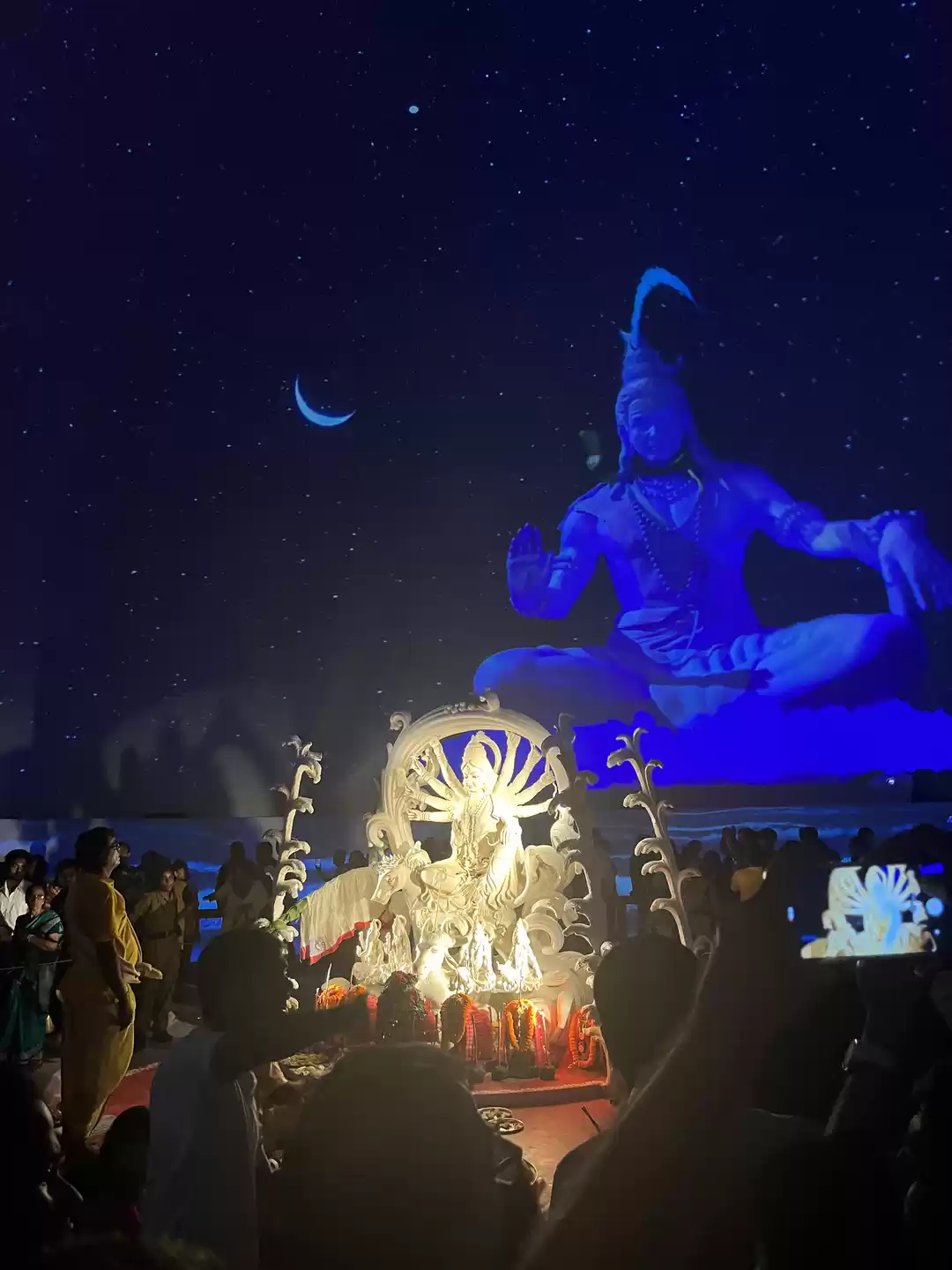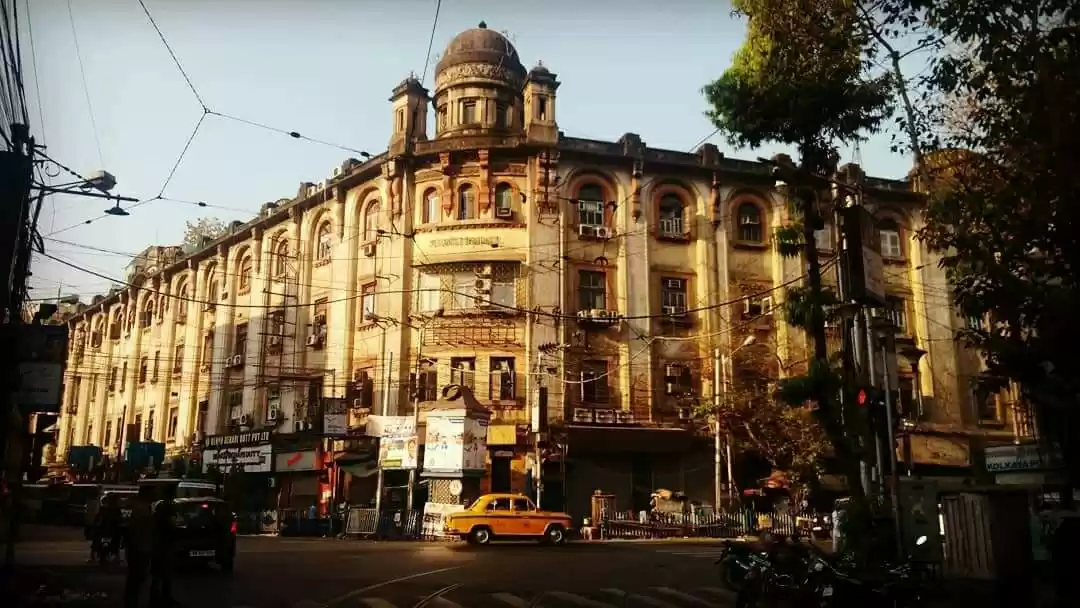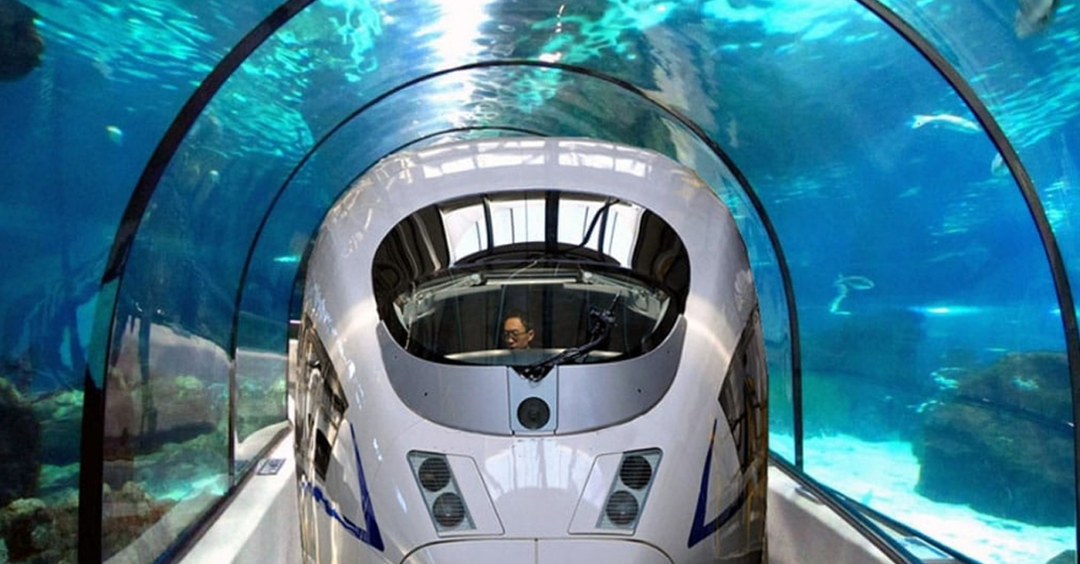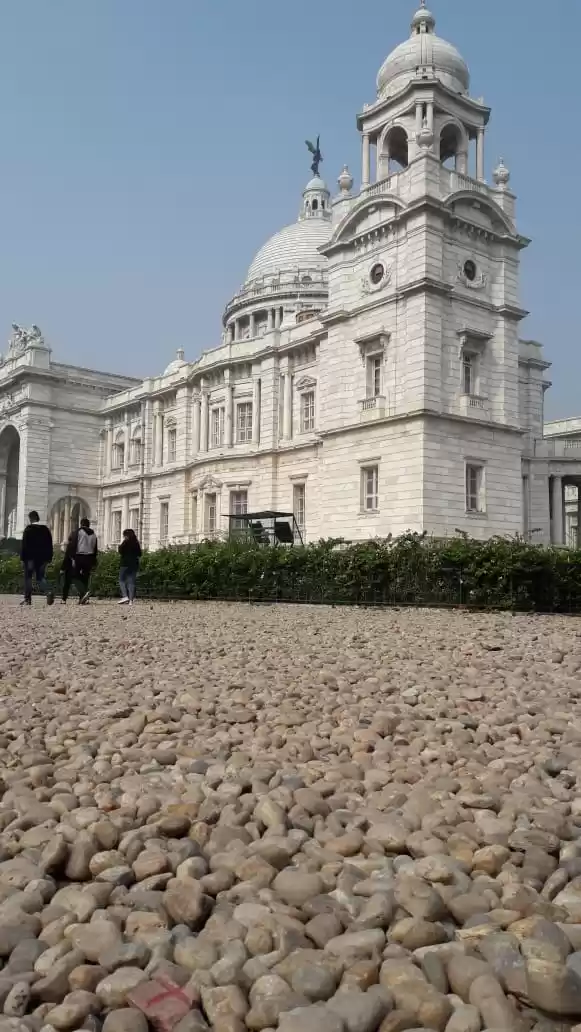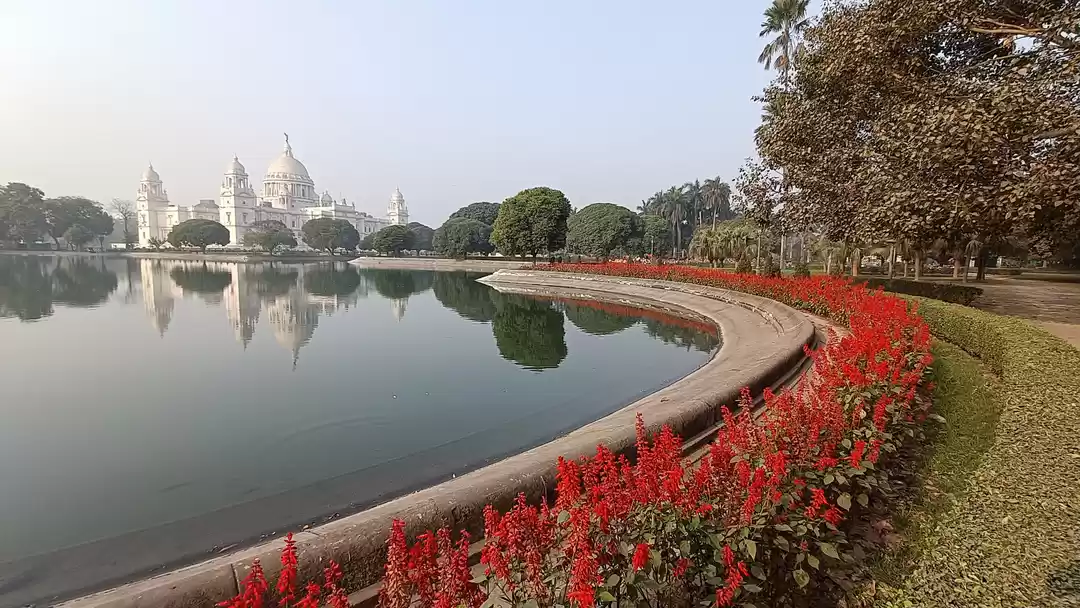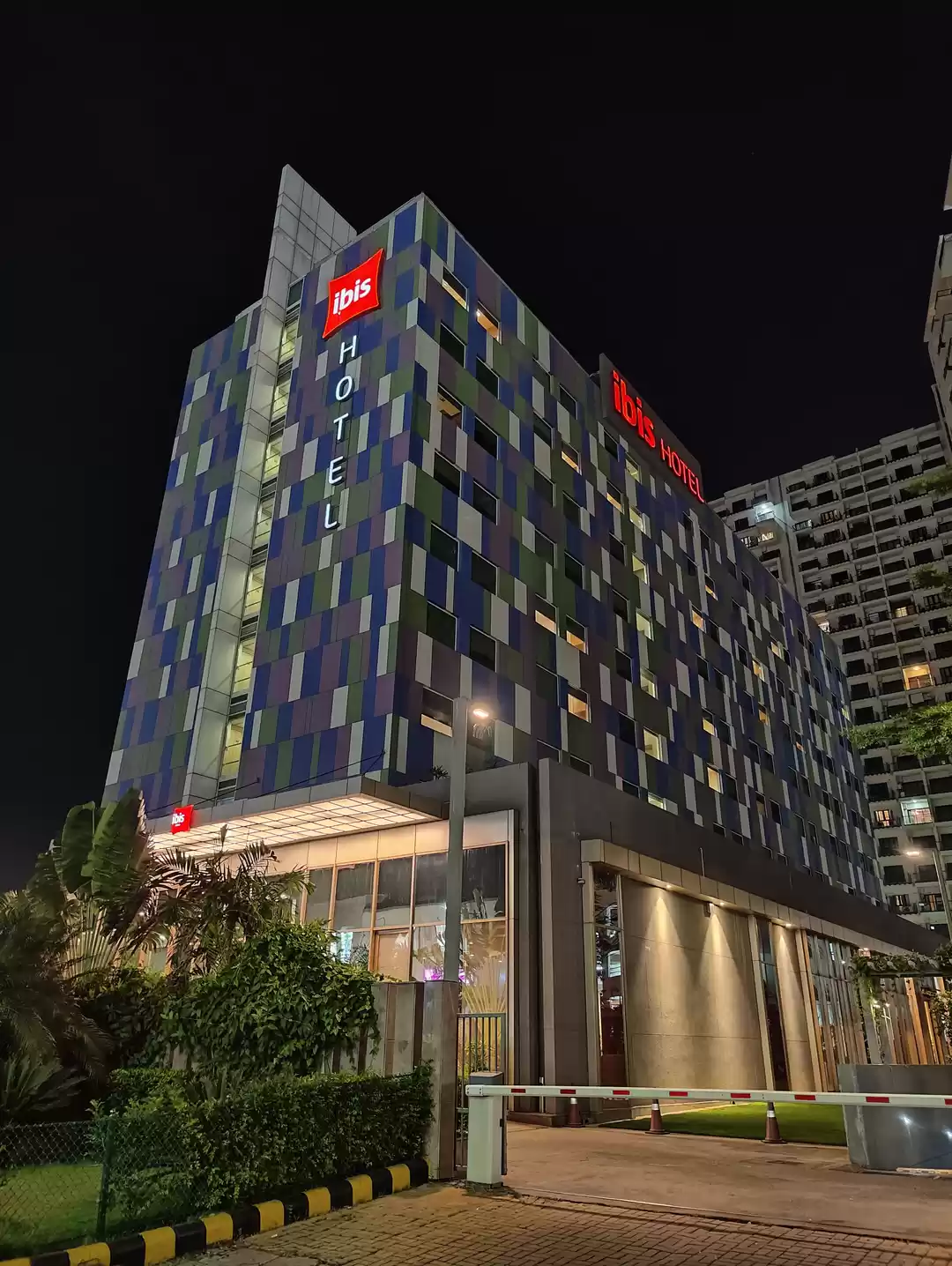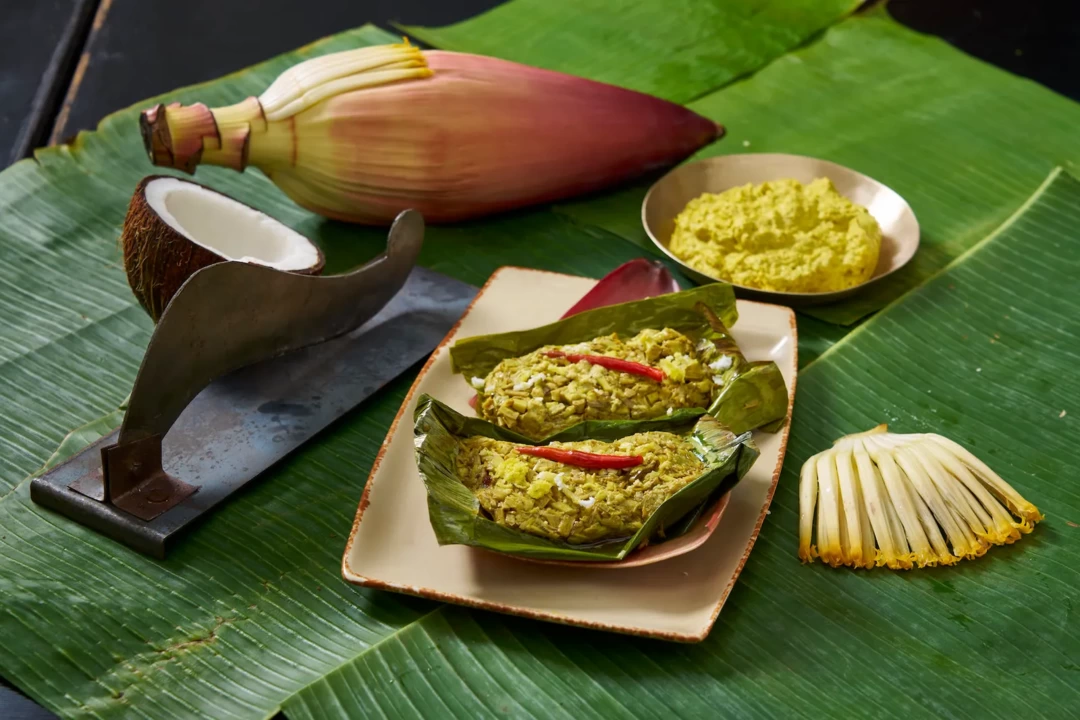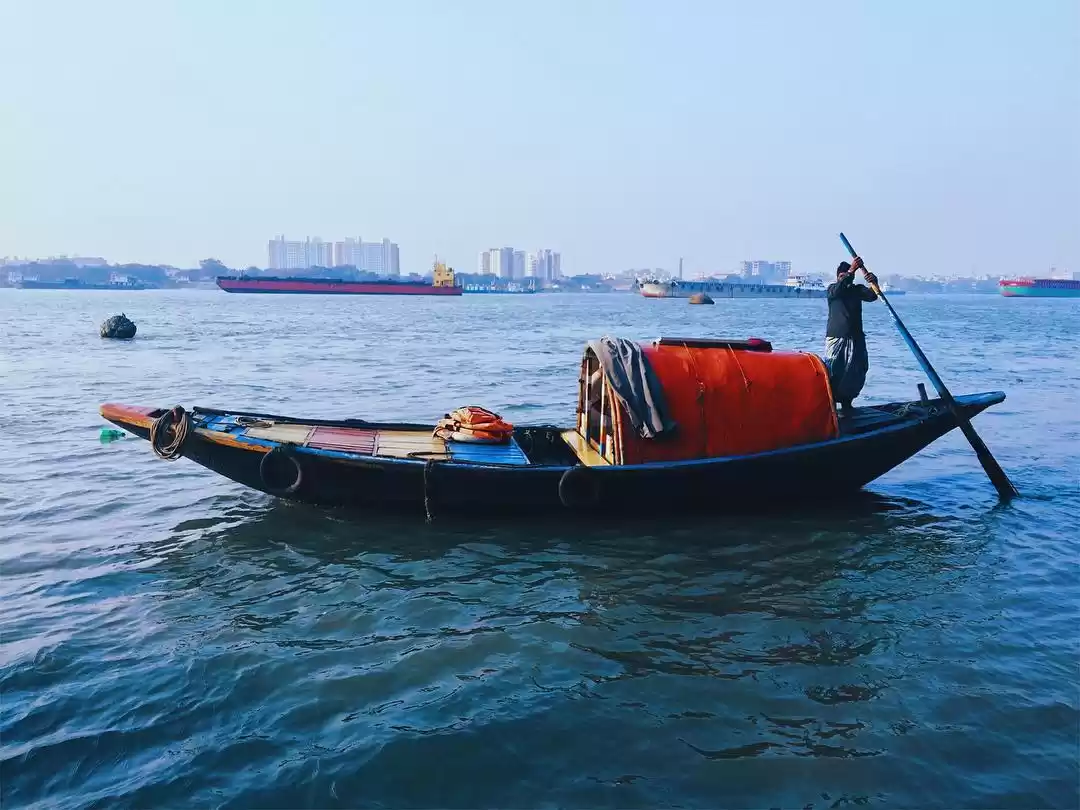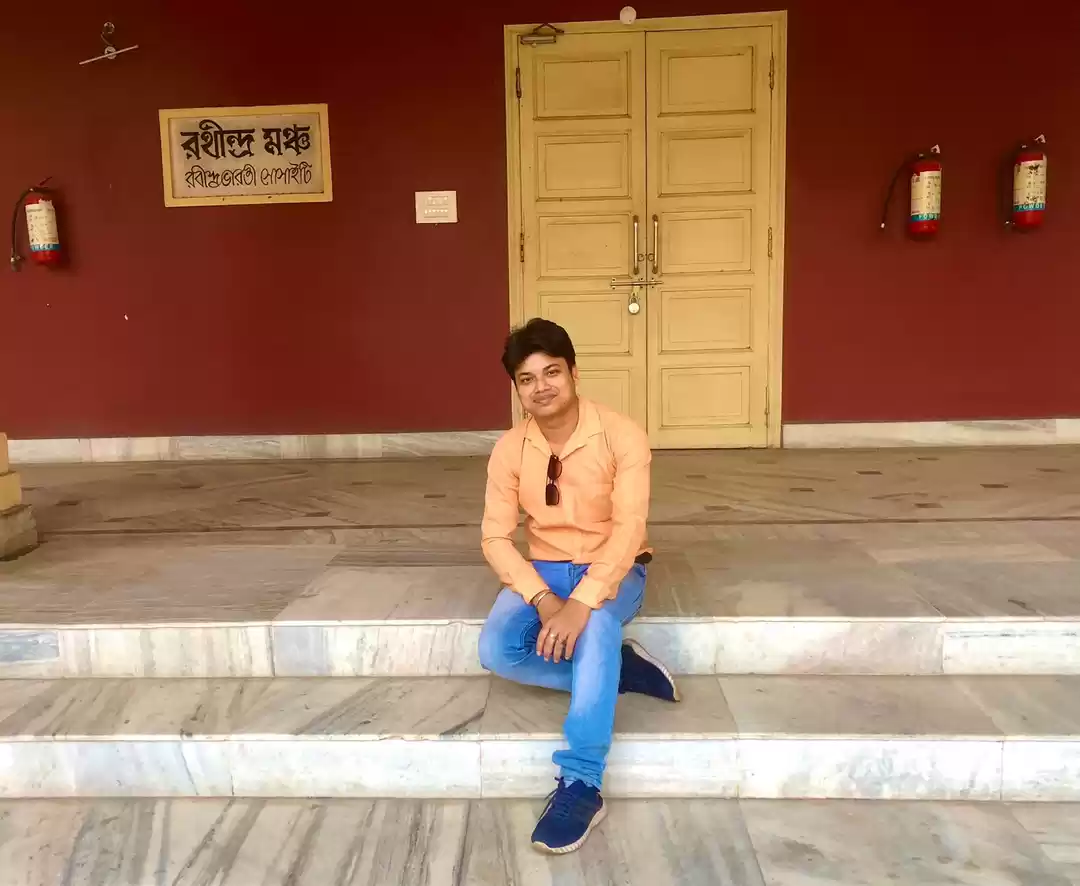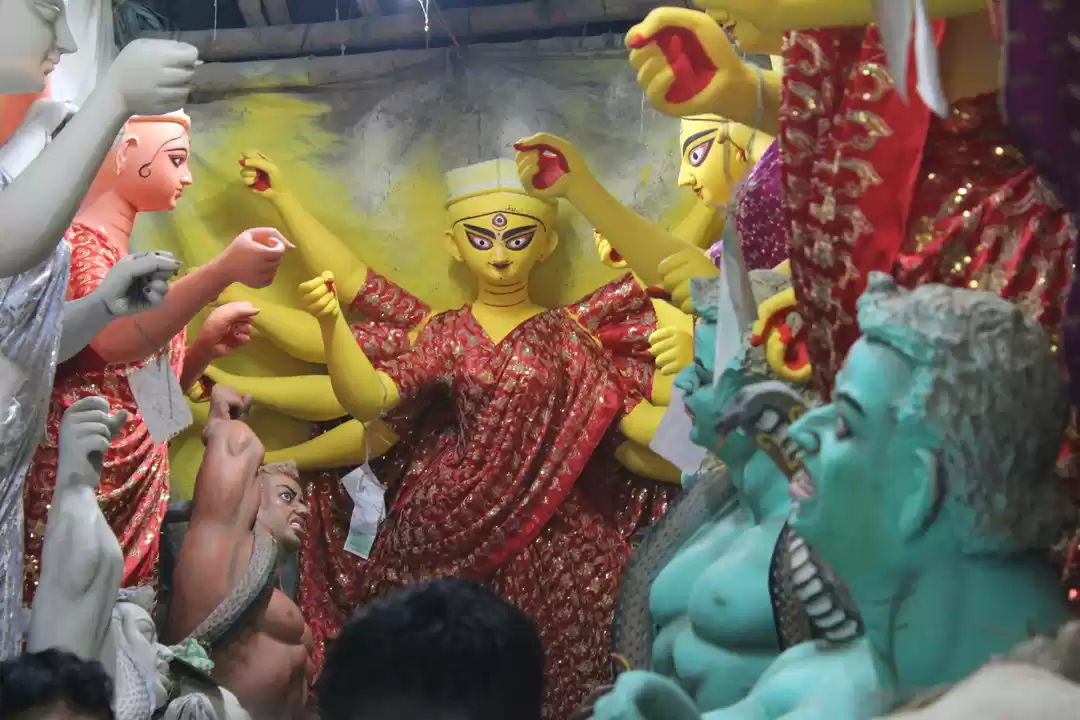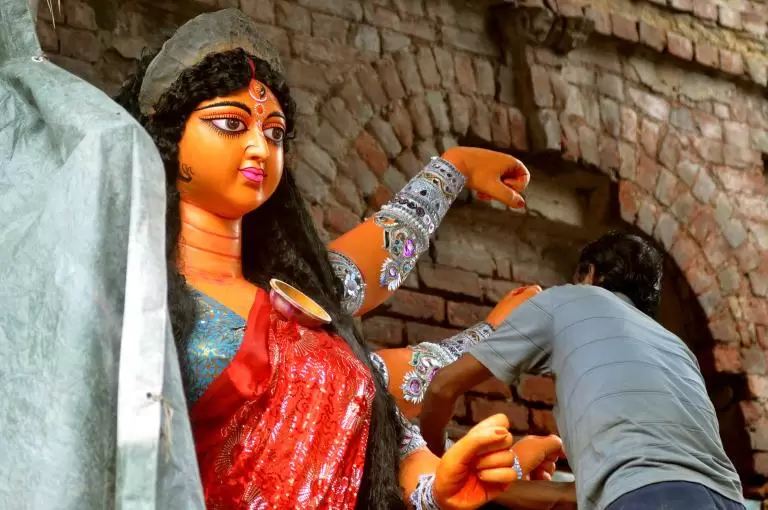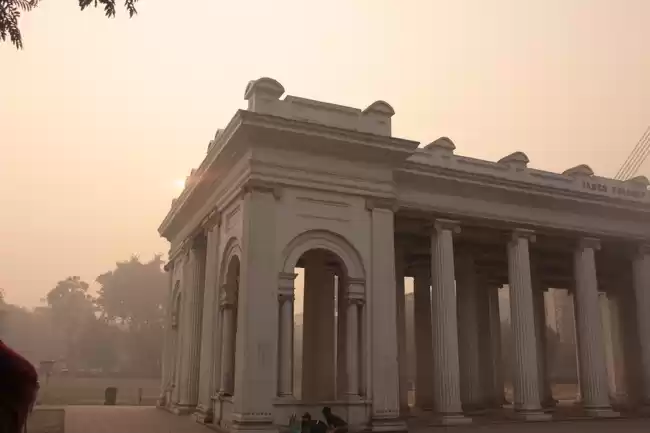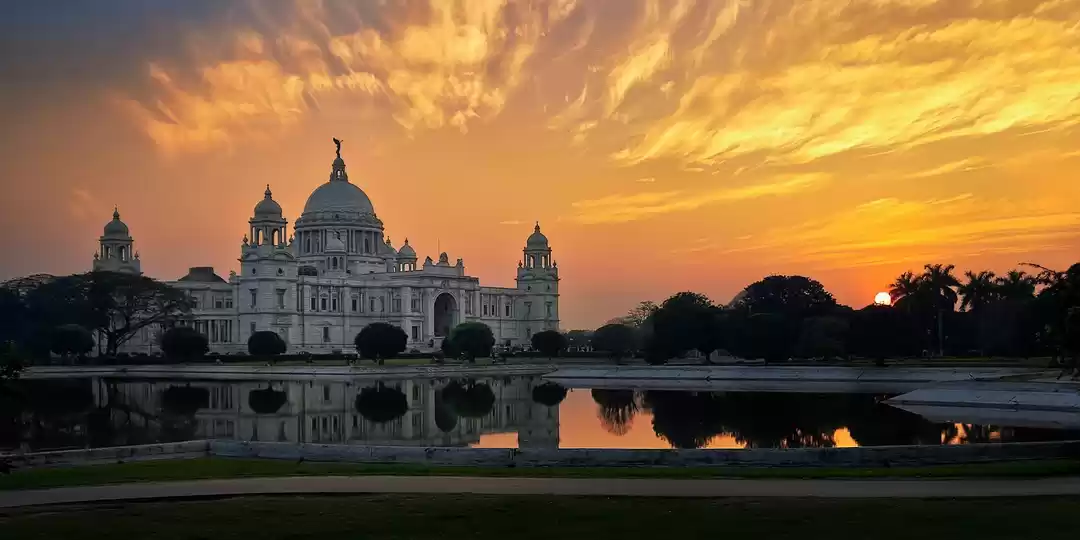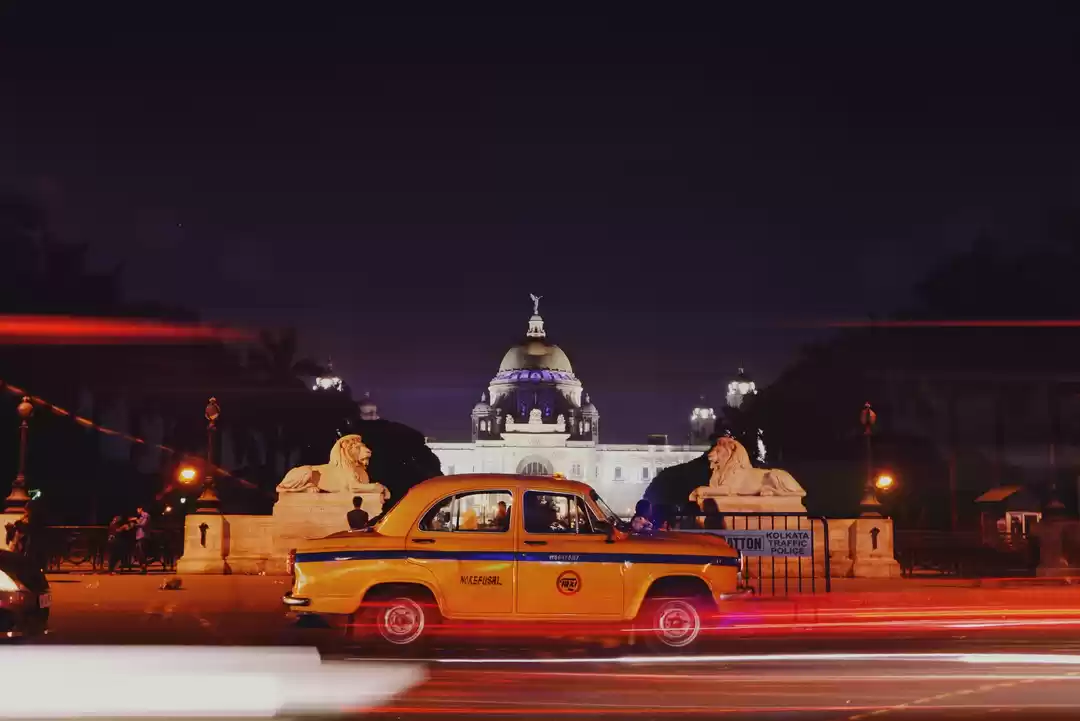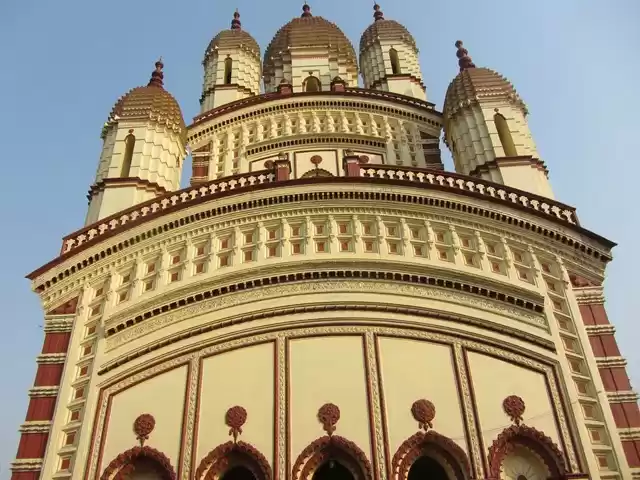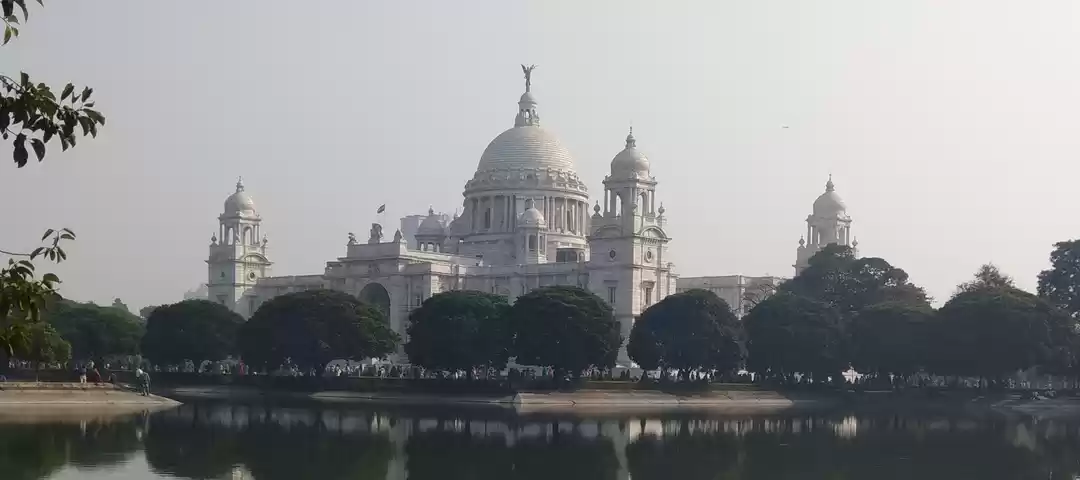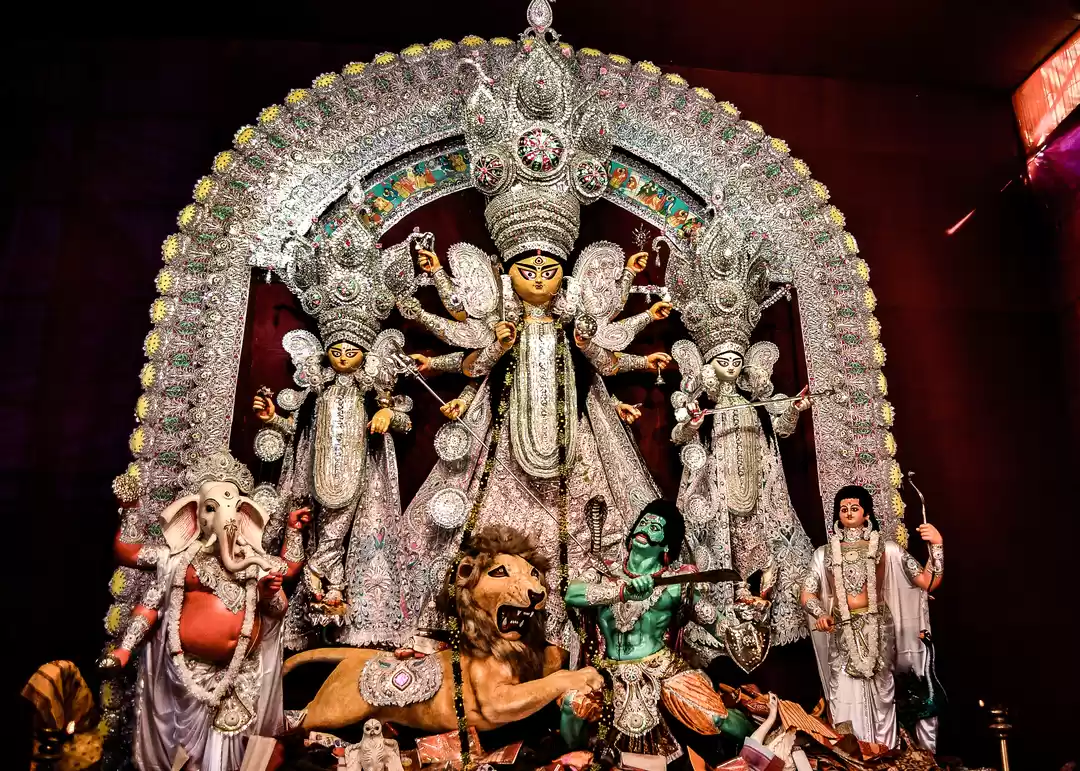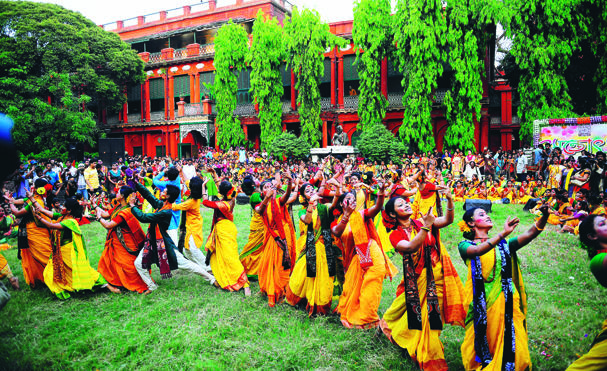

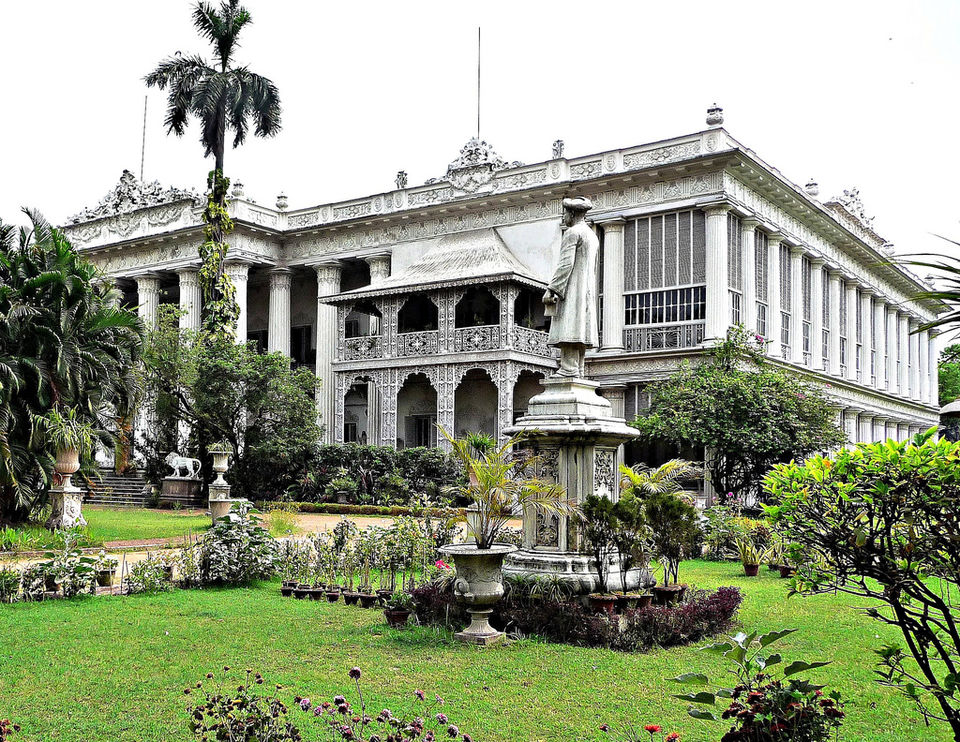
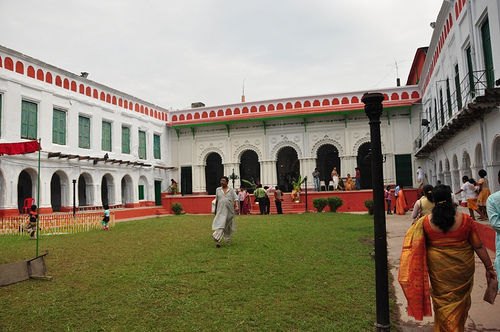
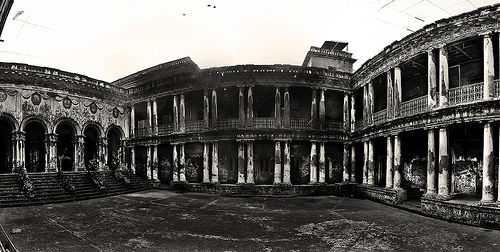
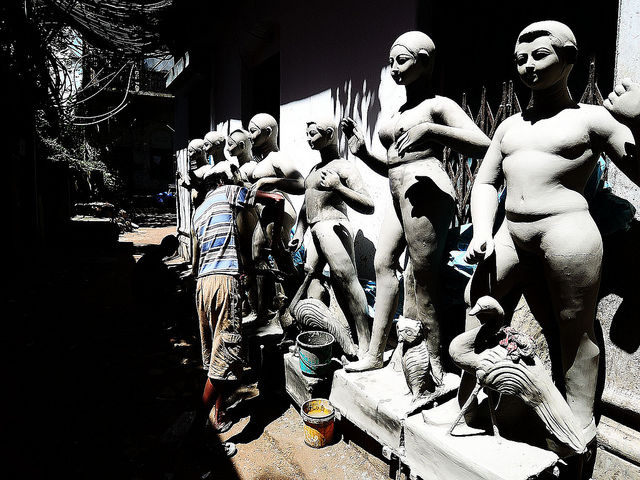
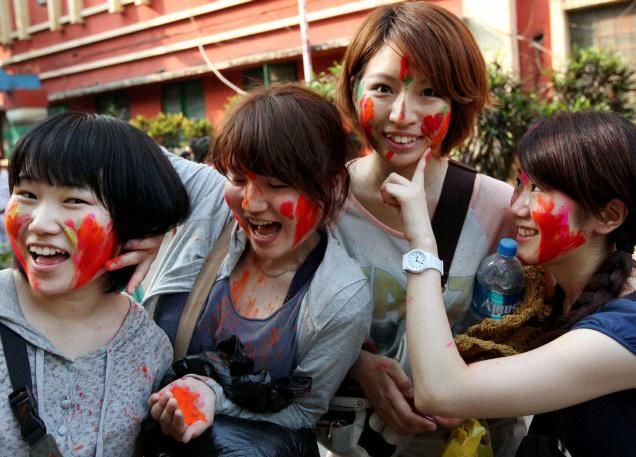
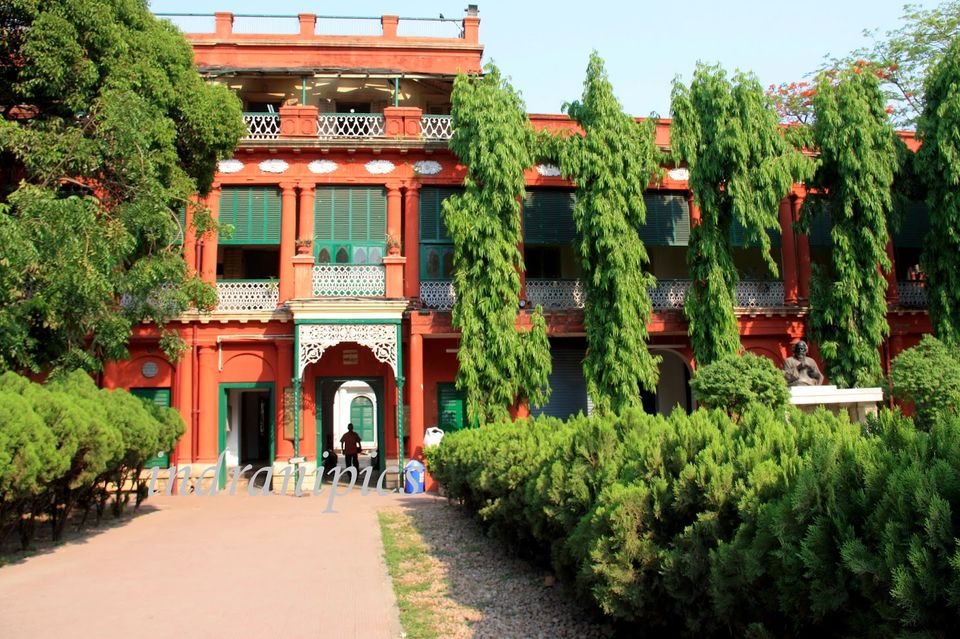
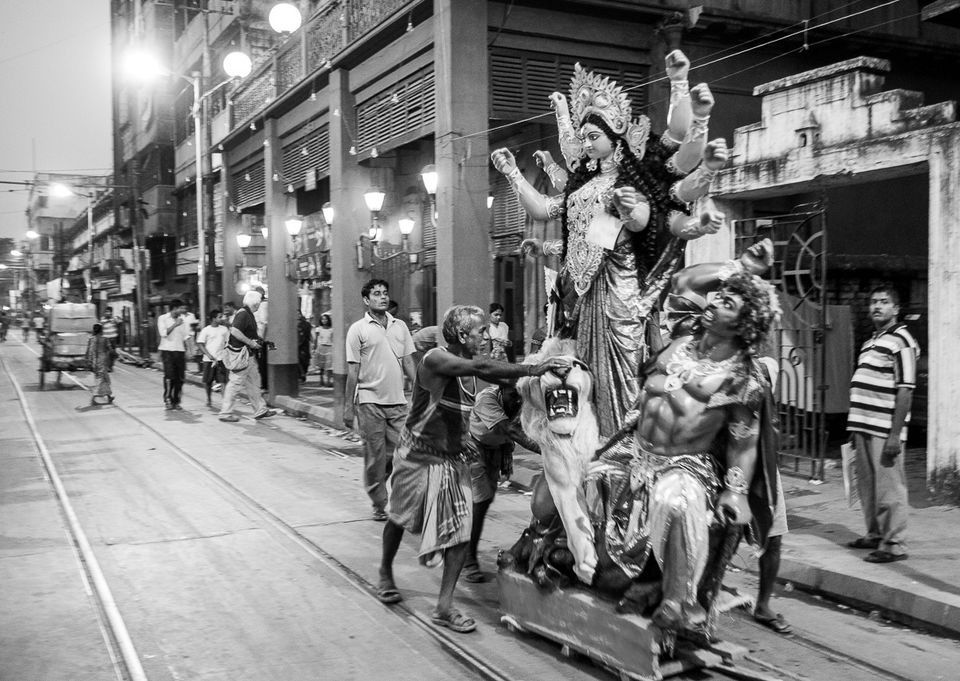
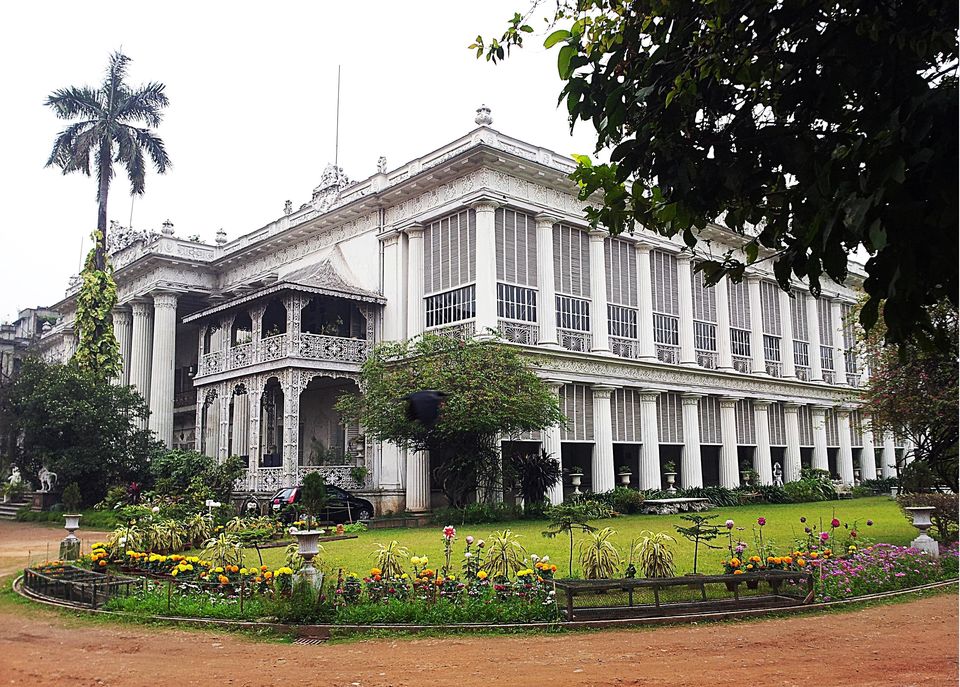
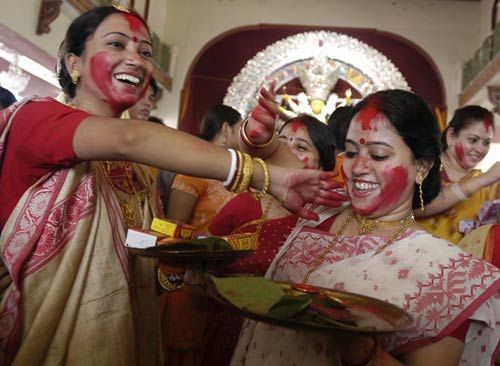
Durga Puja!
The season is here. So would be you in a couple of weeks.
Kolkata is the place to be during those ten days. Fancy and magnificent clay idols of goddess which are crafted and painted with colours are the major attraction of the festival. As a part of the event and to add colour to the festival, Durga Puja committees organise various competitions and fun filled activities with exciting prizes. Mouthwatering cuisines, sweets and dishes are an integral part of this celebration.
The entire city of joy would be gleaming before you. But what if you try to go back in time?
Take the road not taken. Find out where it all started !
The first of the prominent old Bengali residences as one moves northward along Rabindra Sarani (or Chitpur Road, the oldest road of Kolkata) is the Jorasanko Rajbari of the family of Rajendra Narayan Roy. It has a nice colonnaded front with verandas, terraces fitted with delicate castrion grills.
In no other street is the synchronicity of the various chapters of Calcutta’s brief but colourful history so evident as in Chitpur, renamed Rabindra Sarani. Perhaps no other street can be as clearly demarcated as this into three distinct sections that are coloured by the cultures and lifestyles of its inhabitants. If we begin from Baghbazar, deep north, the stretch up to Ganesh Talkies bears an unmistakable Bengali stamp. From then onwards up to Mahatma Gandhi Road, it could be in the heart of Rajasthan. And the smell (of biryani and attar) and look of the third and last section are redolent of Islamic culture.
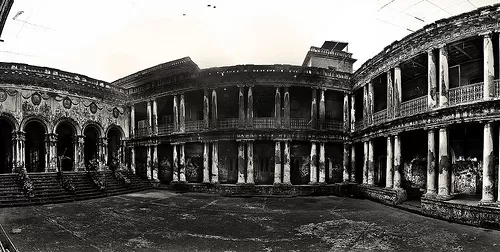
Kumartuli is the neighbourhood of artisans specializing in making clay idols of Gods and Goddesses. In makeshift shafts idols in various stage completion can be seen - from bamboo straw structures to the finished idols. The area becomes a fascinating hive of activity especially before the Durga Puja. Watching the artisans engrossed in the intricate work itself has the ability to mesmerize any onlooker. Today, the idols made in Kumartuli adorns pandals across the world . The temple at Kumartuli is also the abode of the original idol of 'Devi Dhakeshwari' brought from Dhaka during partition.

Located in the Northern part of Kolkata, close to the residence of Rabindranath Tagore is the Marble Palace. Constructed purely with Italian marbles in the year 1855 in the Chorbagan area of the C.R. Avenue, the Marble Palace was the residence of one of the richest landlords of Bengal - Raja Rajendra Mullick Bahadur. The garden encircling the palace is dotted with marble fountains, Greek and Hindu idols among which is a stunning statue of 'Leda and Swan'. The garden also houses a zoo.
Inside, the walls have a ornate stucco mouldings and the museum is a treasure trove of curios, statues and paintings by Rubens and Joshua Reynolds.

Rabindranath Tagore was renowned for his contribution in field of poetry and literature. This was the place where he spend most of his life, so it is known as the Jorasanko Thakurbari or House of the Thakur/Tagore .People would be amazed to see 700 paintings, various manuscripts, collection of books and other etiquette items of him. People visiting this place would be spell bounded to see a show which describes history and important events in life of Tagore with effective sound and lights. This place has Rabindra Bharti university which was established to achieve excellence par in field of education. Visiting this place, you would get more updated with workings of `Father of literature’.
